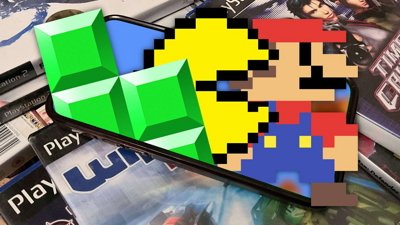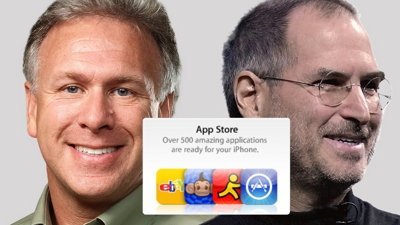Inside Mac OS X 10.7 Lion Server: Apple replaces Samba for Windows networking services
Apple began bundling Samba with Mac OS X 10.2, enabling Mac users to connect to Microsoft's Windows file and network directory services based on SMB (Server Message Block, a protocol also known as Windows File Sharing).
In both Mac OS X Server and client editions, Samba enables Macs to share files with Windows clients on the network and access Windows file servers. It has also later allowed Mac OS X Server to work as an NT Domain Controller to manage network accounts and make roaming profiles and home directories available to Windows PC users.
However, the Samba team has moved active development of the project to the more strict GPLv3 license, which prevents Apple from realistically using the software commercially.
Developers report that Apple has internally officially announced that it will pull Samba from Mac OS X Lion and Lion Server, and replace it with Windows networking software developed by Apple. The new replacement for Samba is said to be named SMBX, and supports Microsoft's newer SMB2 version of its proprietary but openly published protocol, which was originally released in Windows Vista.
While Mac OS X's previous Samba only supported the original SMB1, Microsoft's new SBM2 is both faster and more efficient, reducing the number of commands and subcommands from over a hundred to just 19, while adding pipelining of commands (to more efficiently transact over slow links), support for symbolic links, caching of file properties, and larger storage fields supporting better performance of large file transfers over fast networks.
Apple's Windows file sharing software in Lion will continue to allow Macs to both provide and access Windows-style file shares, but reportedly will not support the NT Domain Controller features of Samba, which relate to Microsoft's 1990's, NT-era directory service supported prior to Active Directory, which was released alongside Windows 2000.
Despite its age, some networks still use NT Domain Controller configurations because of its relative simplicity compared to Microsoft's more modern Active Directory. Apple is now said to be recommending Active Directory to users who are still dependent upon the older NT Domain Controller network directory services.
On the other hand, the version of Samba Apple had been using prevented Macs from seamlessly working with modern PCs running Windows 7, which include security changes in how encryptions protocols work. Apple's own software won't be constrained by the design limitation of Samba.
End users could conceivably obtain Samba on their own and integrate it into their Mac OS X environment themselves, but Samba does not currently provide ready to use binaries for Mac OS X, and a pure port of Samba would lack Apple's easy to use user interface and tight integration with other Apple software, including Open Directory, the company's own directory services solution.
 AppleInsider Staff
AppleInsider Staff










 Chip Loder
Chip Loder
 Andrew Orr
Andrew Orr
 Christine McKee
Christine McKee
 Marko Zivkovic
Marko Zivkovic

 Mike Wuerthele
Mike Wuerthele
 William Gallagher
William Gallagher








